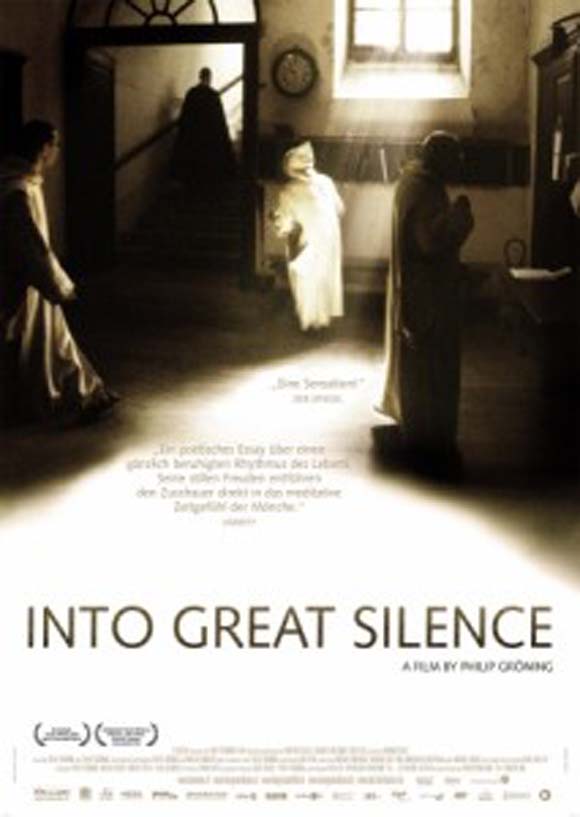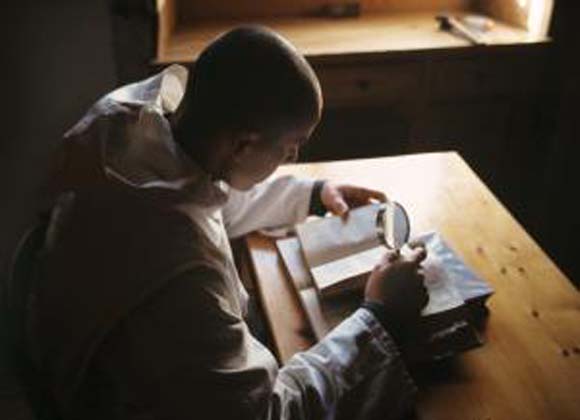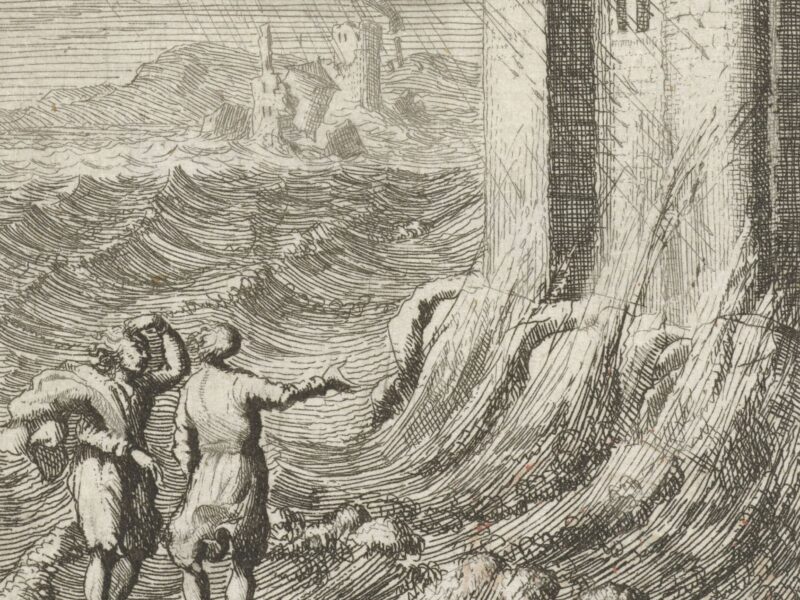
Film Review: Die Grosse Stille (Into Great Silence)
 Philip Groening waited thirteen years before the Carthusian monks at La Grande Chartreuse near Grenoble felt ready for their life to be filmed. The result is this 164-minute film that takes us, as its English title puts it, Into Great Silence. It is the first ever cinematic record of life at the Carthusian mother house. To achieve this poetic and beautiful evocation of the life of St Bruno’s austere monastic order, Groening lived in the monastery and follow the monastic routine. He spent just three hours a day filming material for this documentary, accumulating in total 120 hours of film.
Philip Groening waited thirteen years before the Carthusian monks at La Grande Chartreuse near Grenoble felt ready for their life to be filmed. The result is this 164-minute film that takes us, as its English title puts it, Into Great Silence. It is the first ever cinematic record of life at the Carthusian mother house. To achieve this poetic and beautiful evocation of the life of St Bruno’s austere monastic order, Groening lived in the monastery and follow the monastic routine. He spent just three hours a day filming material for this documentary, accumulating in total 120 hours of film.
The film was selected for the Edinburgh Festival last year and has been lauded across Europe but it can only be seen at select cinemas in the United Kingdom. Although I did not wait as long as Groening to enter the great silence I had been anticipating its UK release for some time. It is well worth the effort of finding a cinema where it is being screened.
Die Grosse Stille allows one to experience Carthusian life through the cinematic art. The viewer is immersed in the silence, rhythm, seasons and chant of monastic life in this beautiful alpine monastery and enveloped in the serenity of the contemplative life in which God’s presence is sought. In the silence of the monastic life – punctuated by the steady cadence of bells – even the ordinary jobs of chopping wood, mending a shoe or cutting woolen cloth for a new habit are embued with profound care as these menial tasks and routine chores are offered to God with love. In the midst of such silence, the conversations that take place during the weekly recreation are savoured and become precious, for the lips of the monks are otherwise opened only in praise of God through the chants and prayers of the liturgy. The monastic liturgy is sensitively filmed and we are allowed to glimpse also the hidden life of the monks in their cells, at work, in the cloister and even playing in the snow.
It was a special thrill to hear the monks sing the ancient Carthusian chant and discern certain tones that it shares with Dominican chant. Other aspects, such as the white habit (which included a black hooded cloak for the novices), the adoption of various bodily postures in prayer, and a scene of the monks eating together (as they do on Sundays and great feasts) in their austere refectory, reminded me of the influence of Carthusian life on St Dominic and the first Dominicans. It seemed to me that I was viewing the life of our spiritual ancestors.
I was also touched at seeing a novice, Dom Benjamin, being received into the community, taken to his cell by the other monks who prayed with him in his cell for that first time. We see him later learning to chop wood, sing plainsong and chant the readings during the night office. In many ways I felt a sense of connection with him, as I too am still so new to the adventure of religious life.

Scriptural texts repeatedly puntuated the film, in particular Jeremiah 20:7, You have seduced me, O Lord, and I have let myself be seduced, words that seem to explain why La Grande Chartreuse exists.
Religious life is a mystery and a gift, a divine call that no film can ever adequately reveal, but Die Grosse Stille does help us to see how God’s grace – like the gently-falling snow that surrounded the monastery – is powerfully and silently at work in the lives of those who fall in love with the God of love. This is a cause for wonder and thanks, and as one views Groening’s documentary, one cannot help but enter the silence and begin to contemplate this grace at work in one’s own life, calling us to surrender all for love of Him.
To discover more about the Carthusian vocation, click on the links above, or visit the Parkminster website


